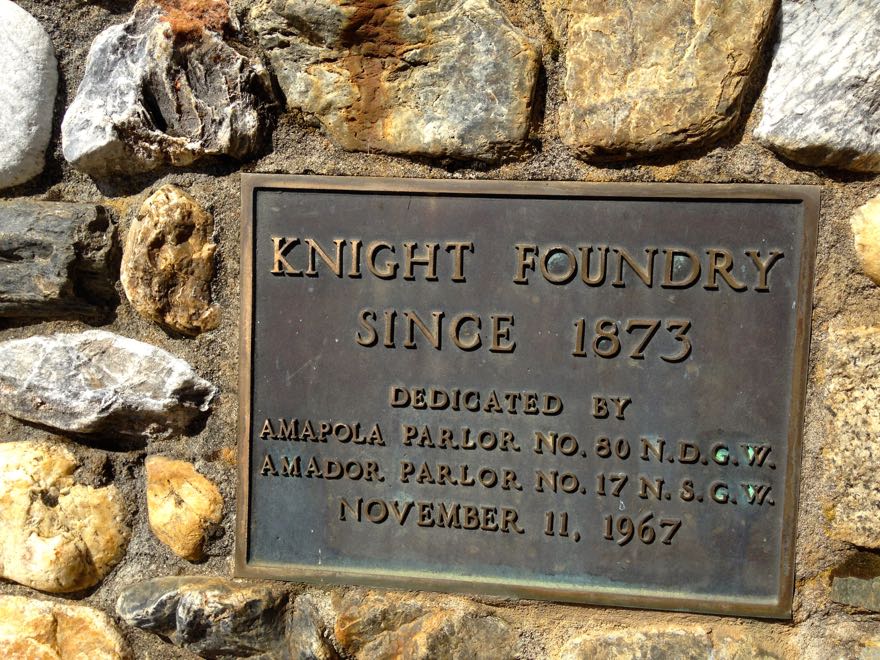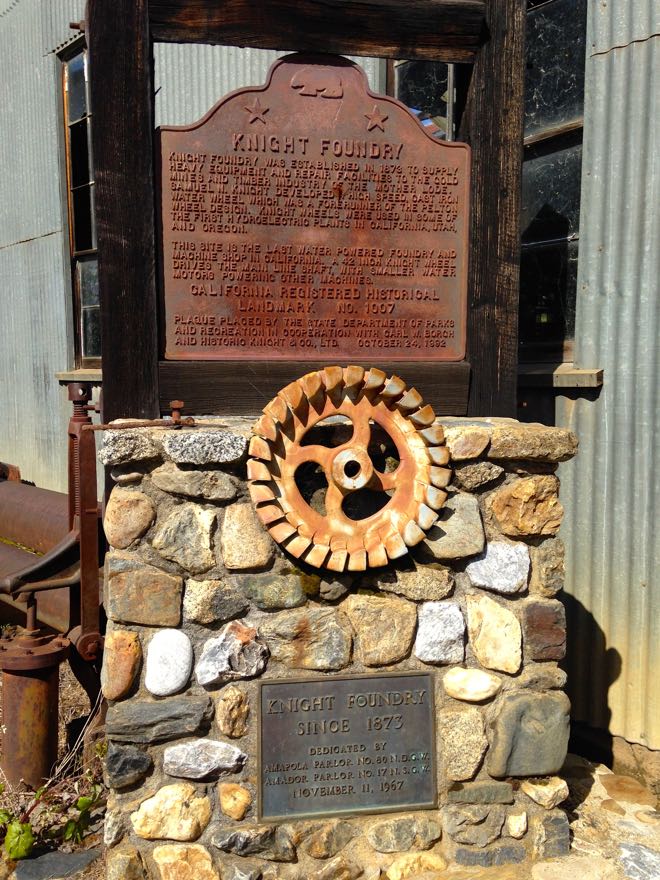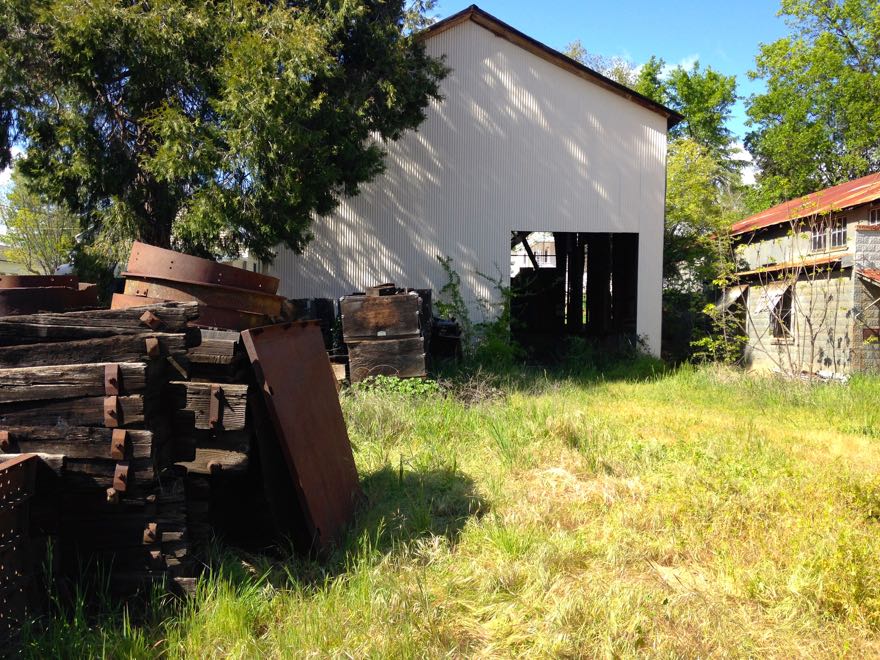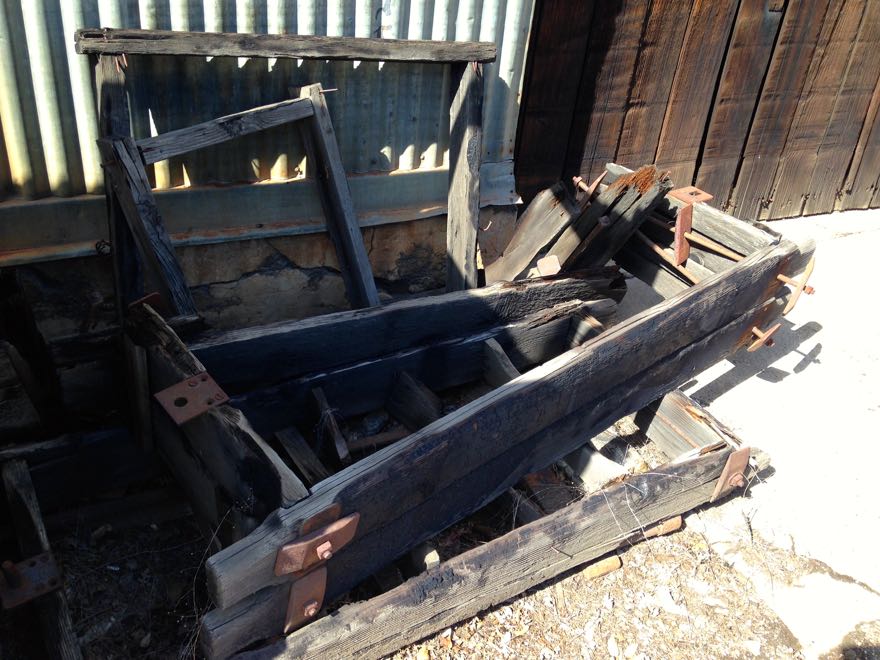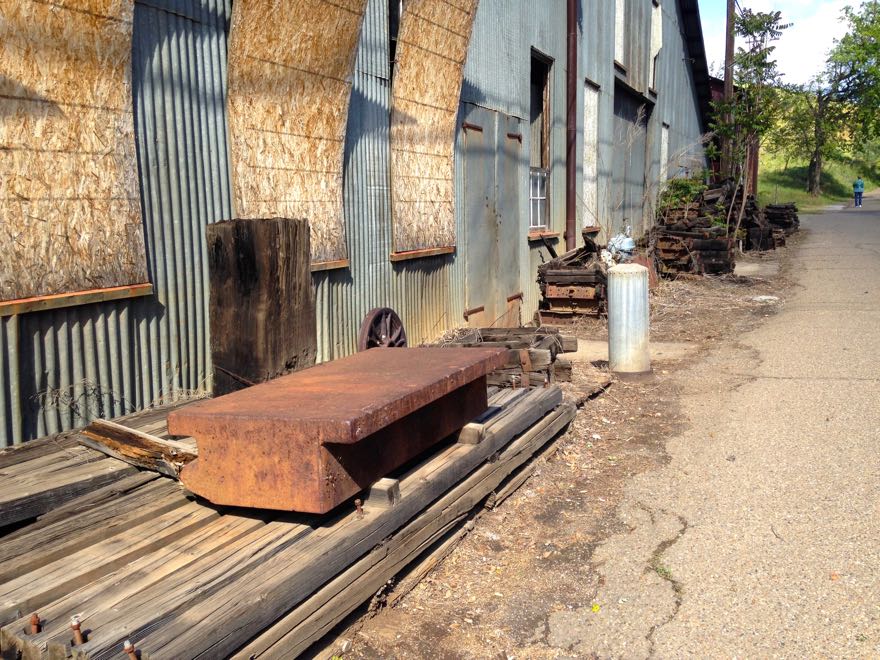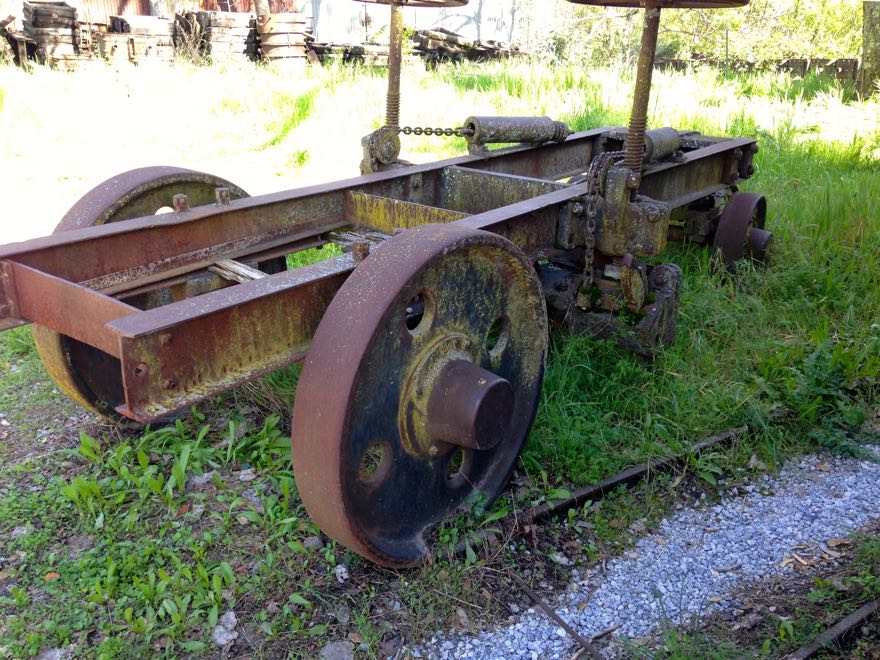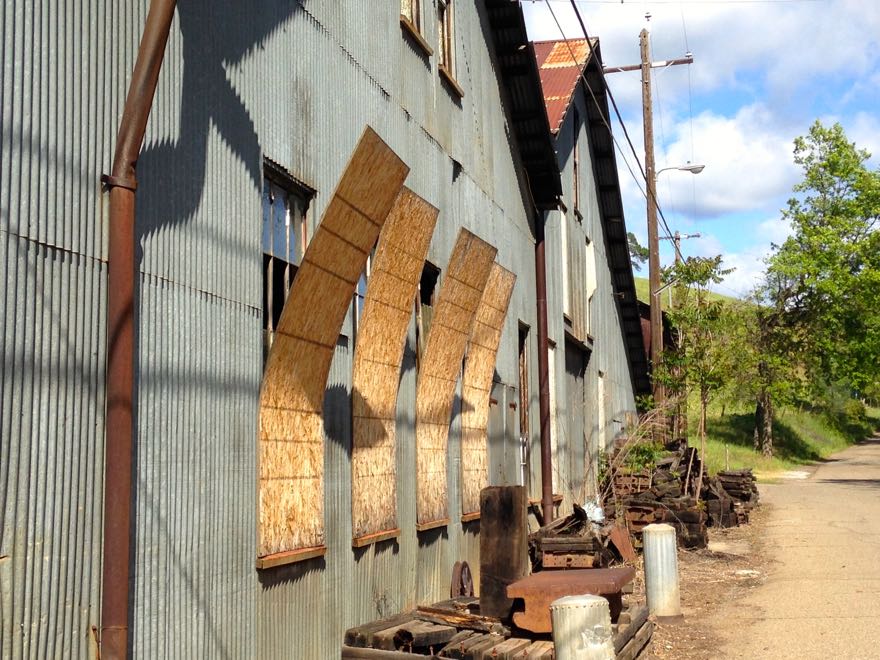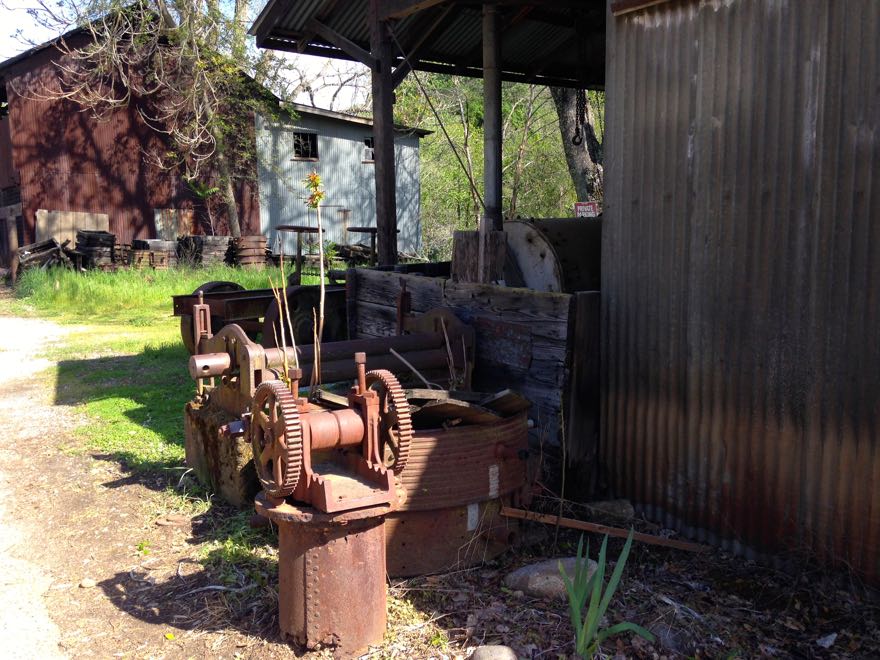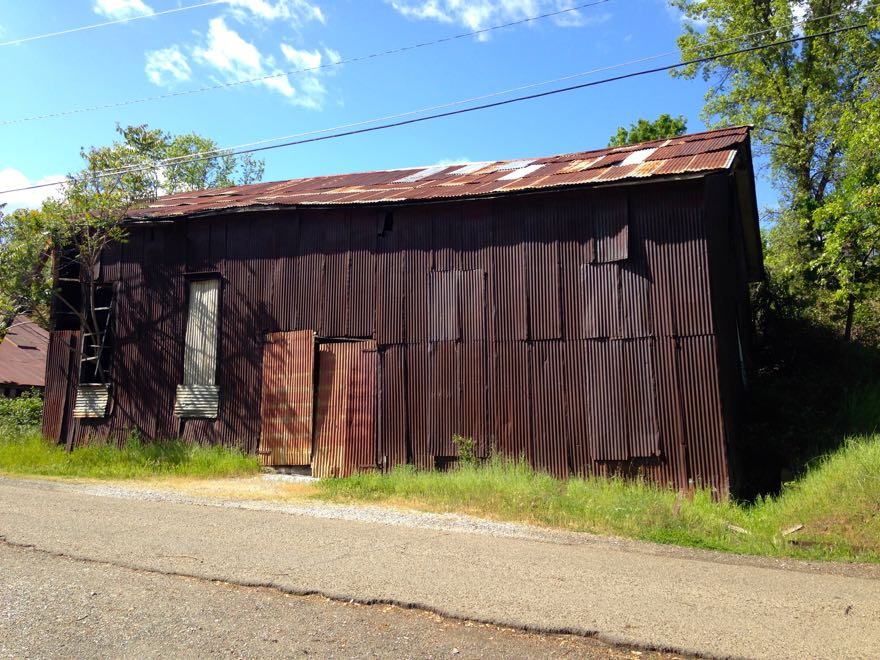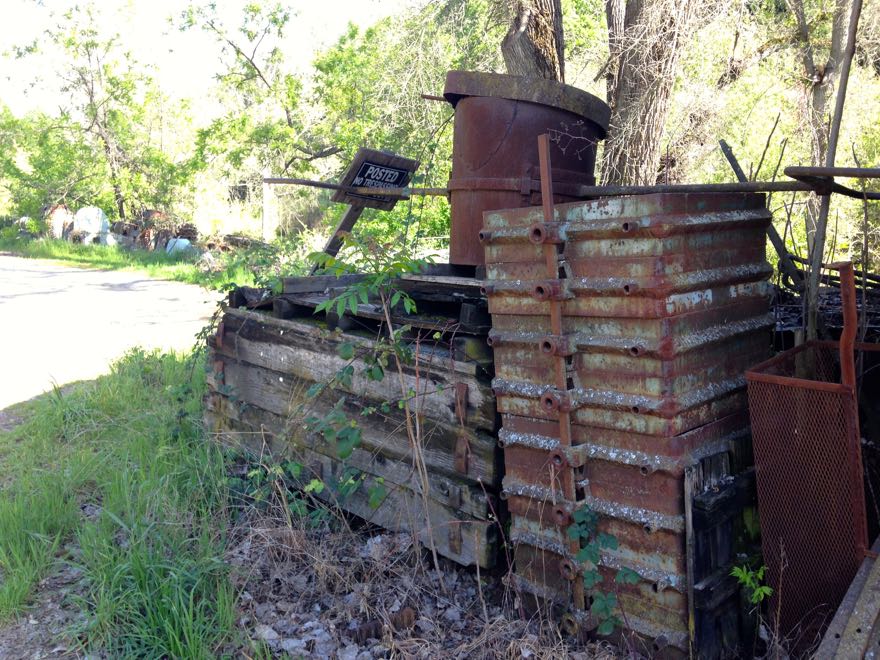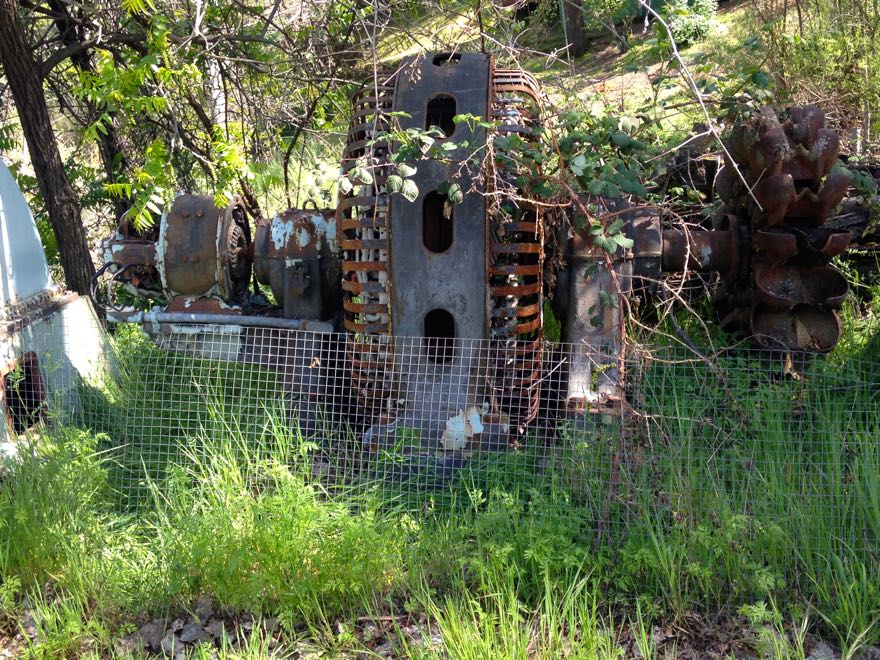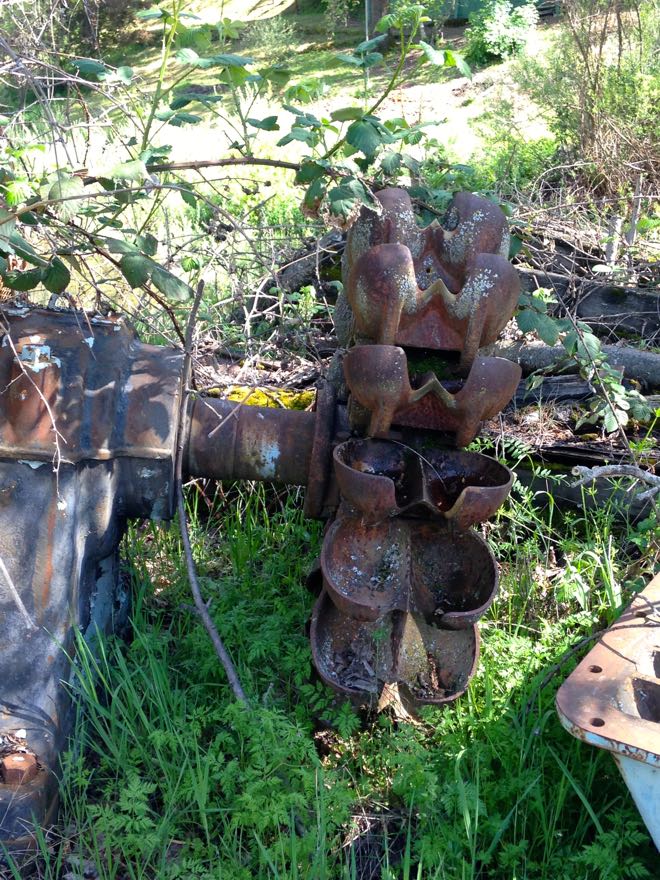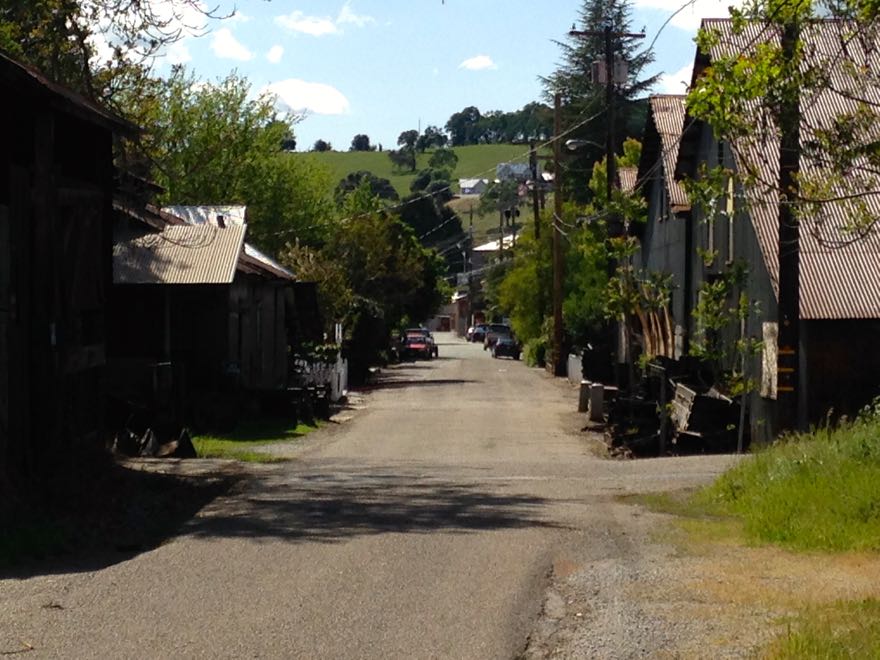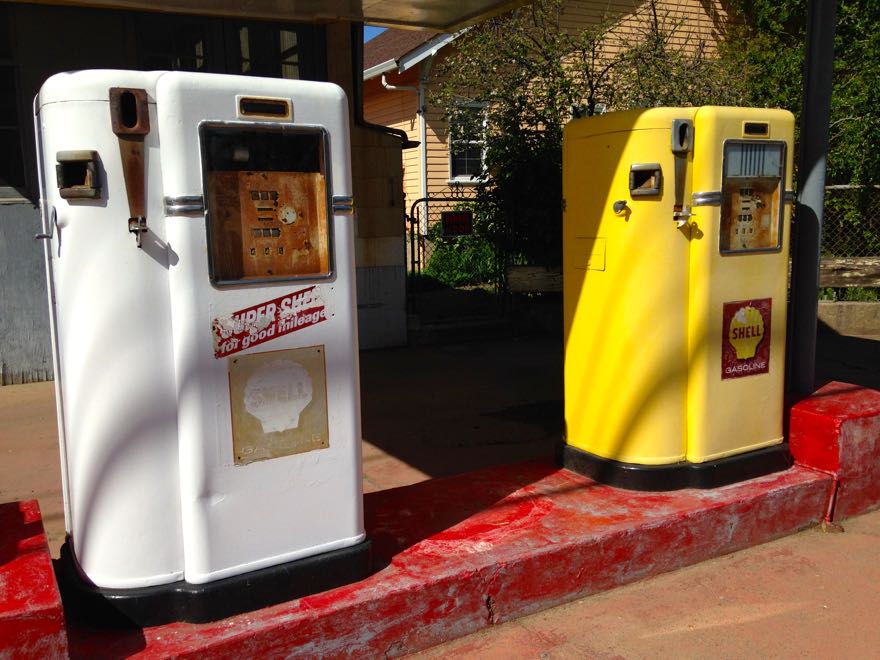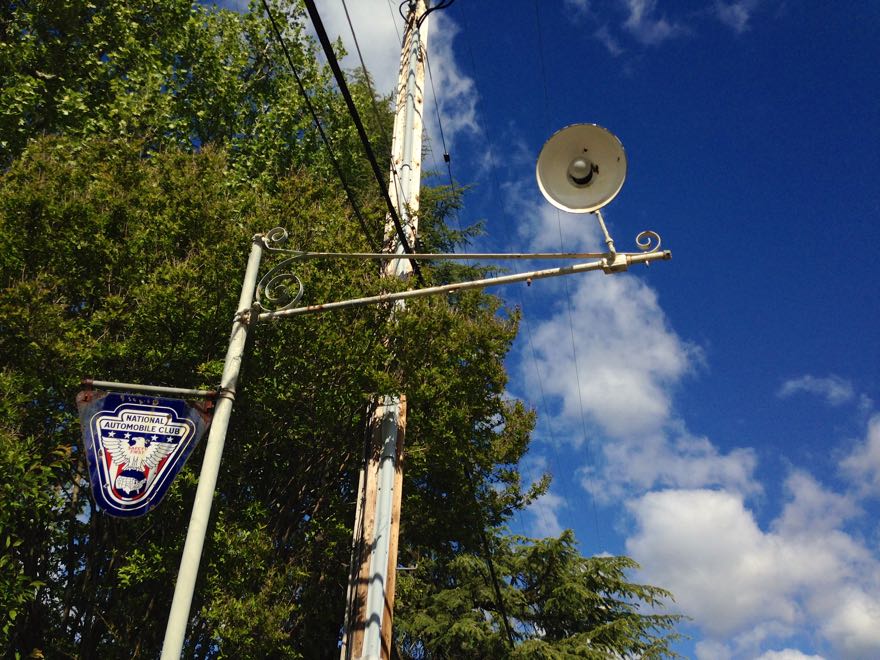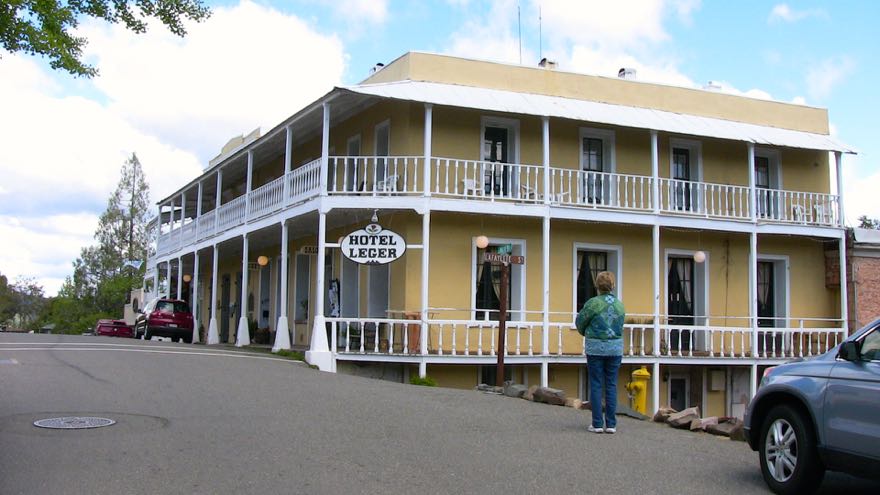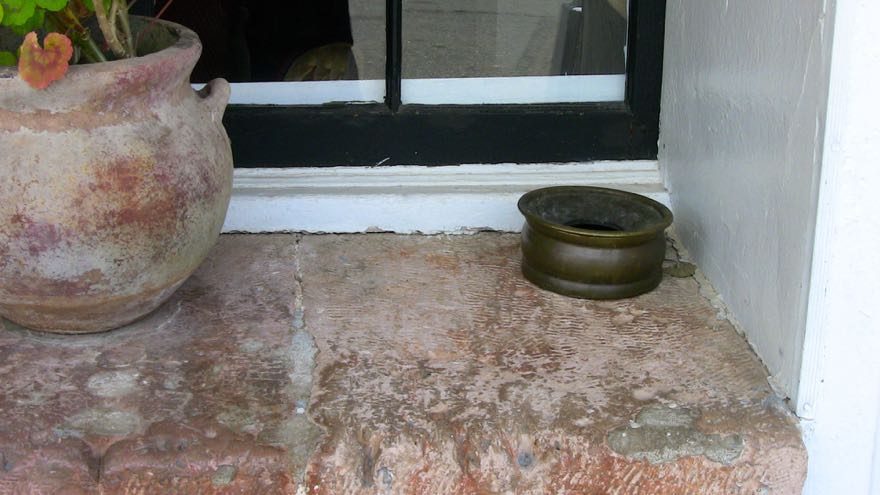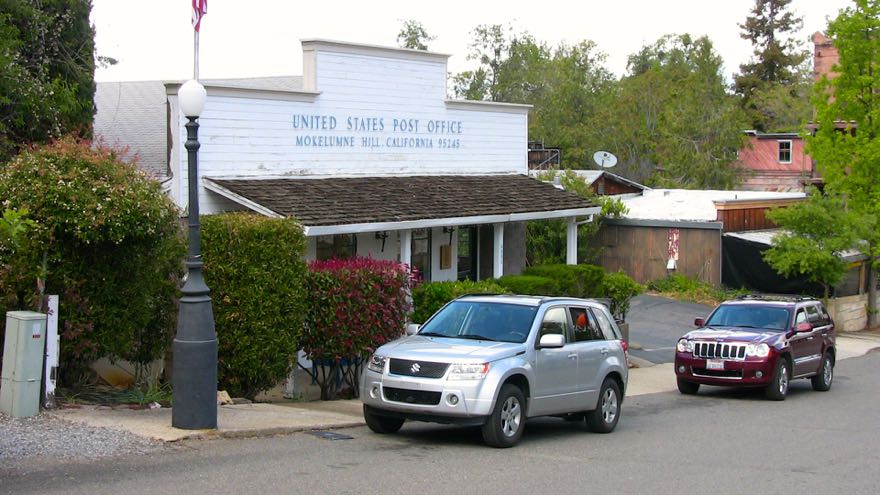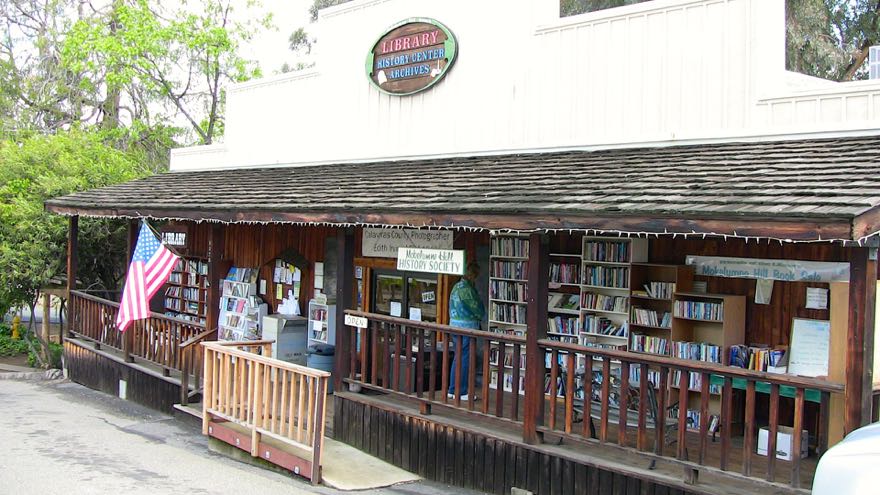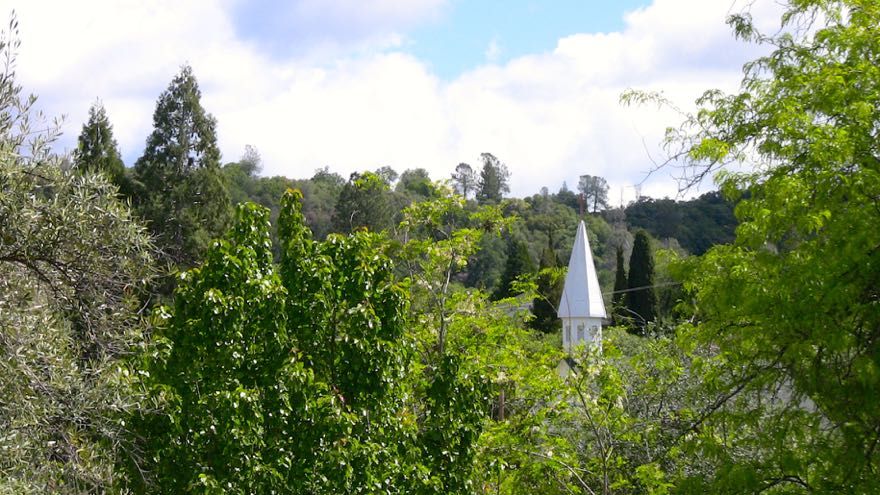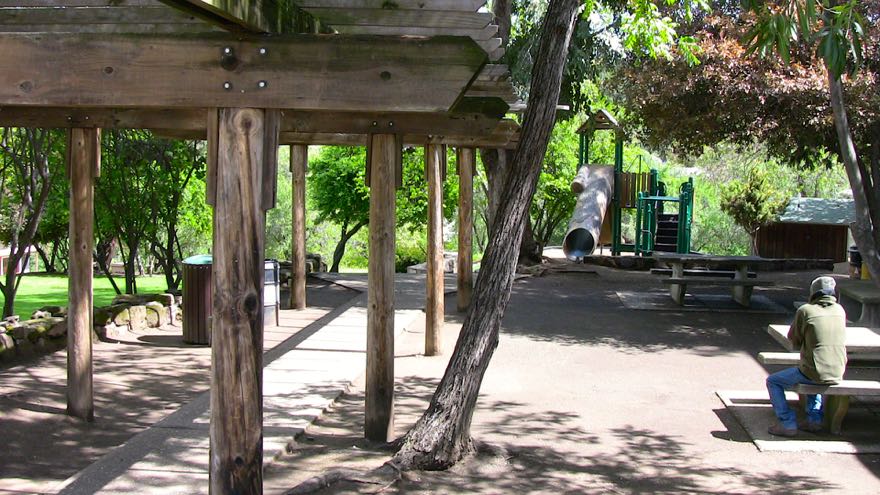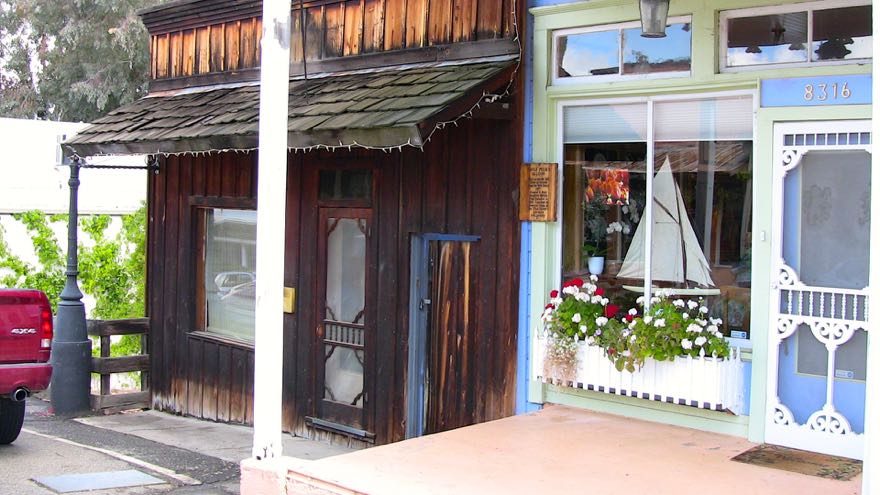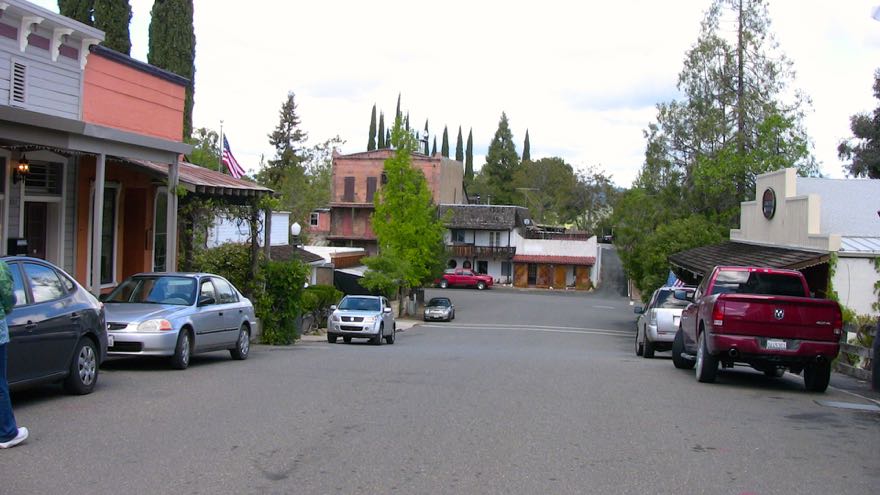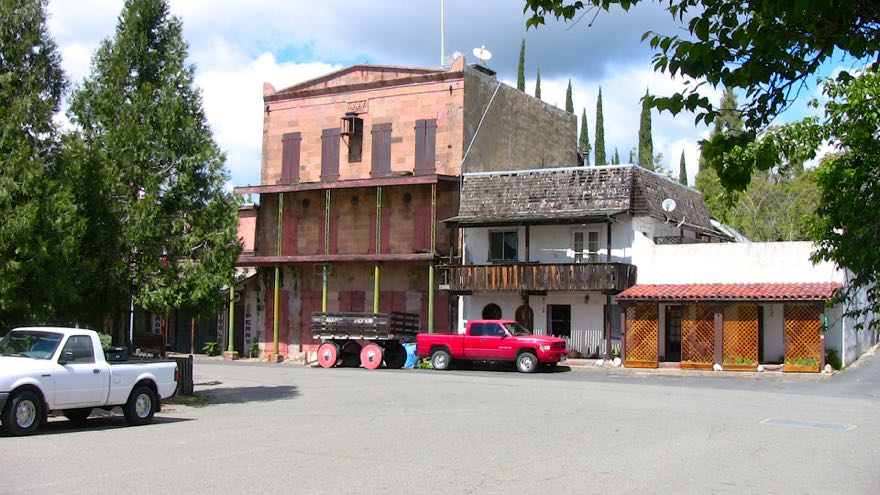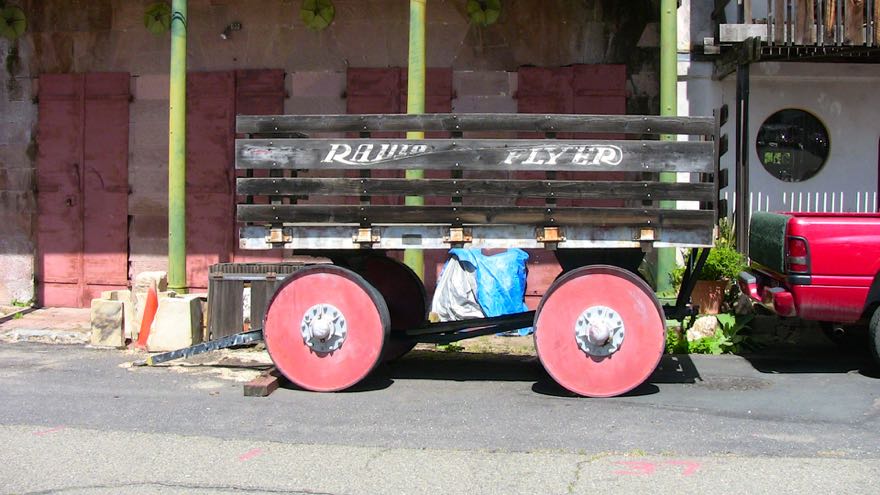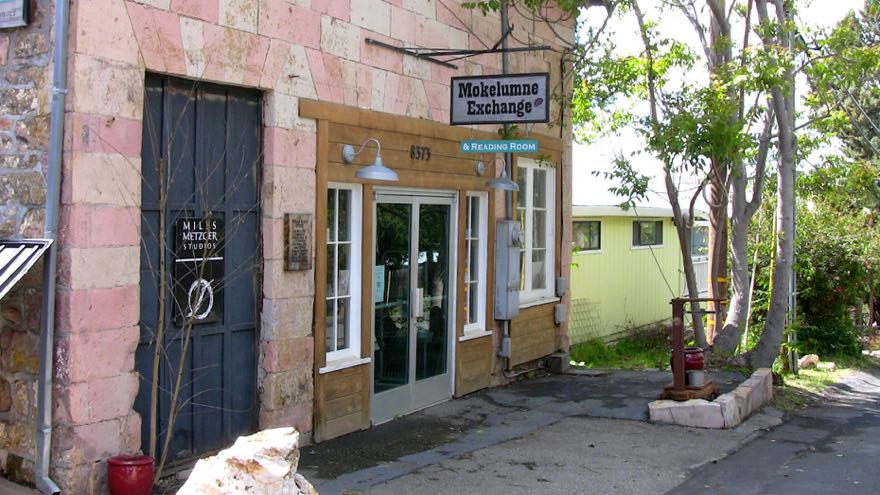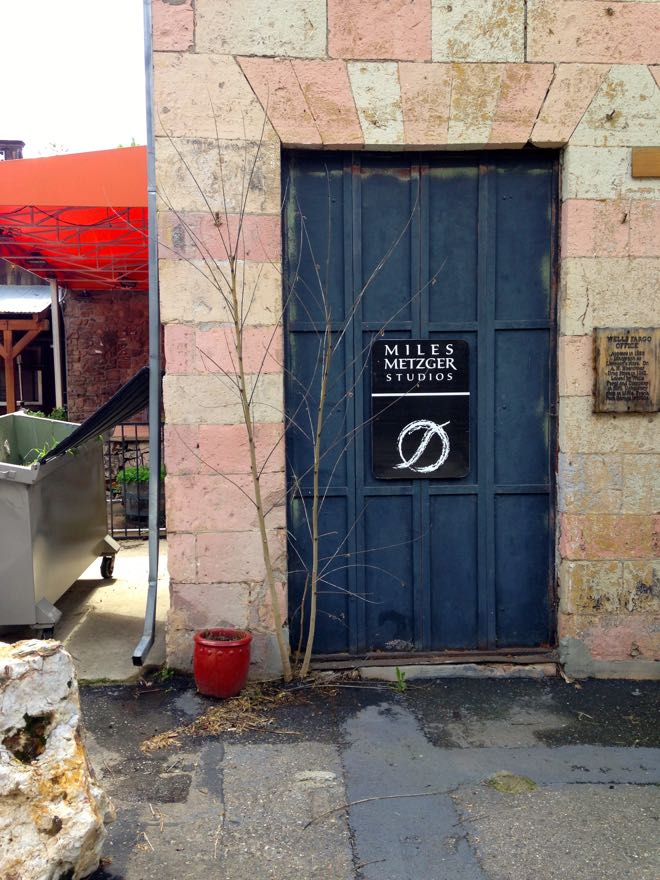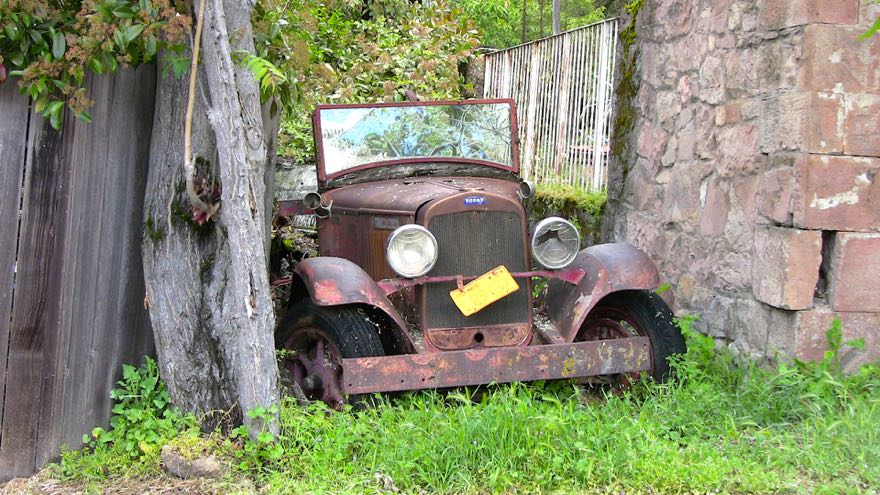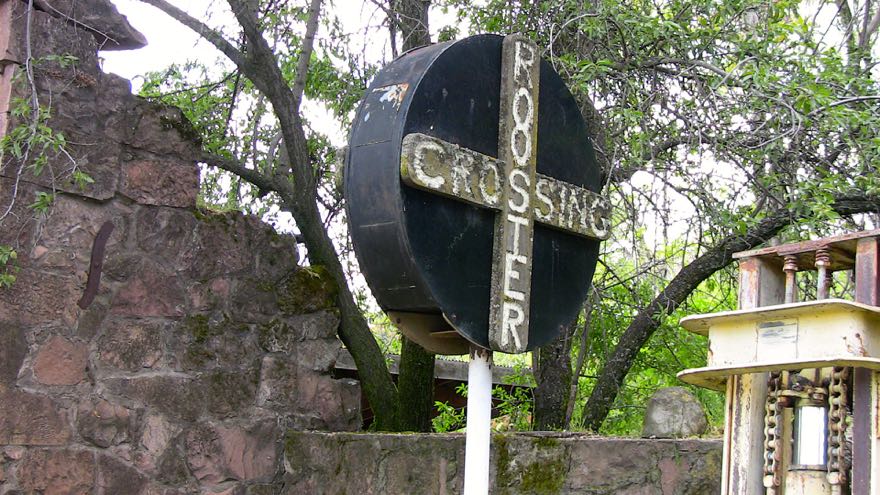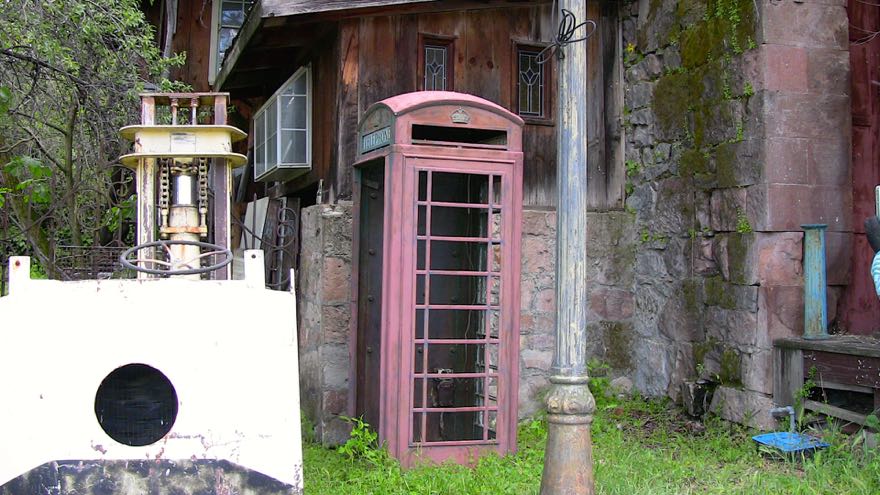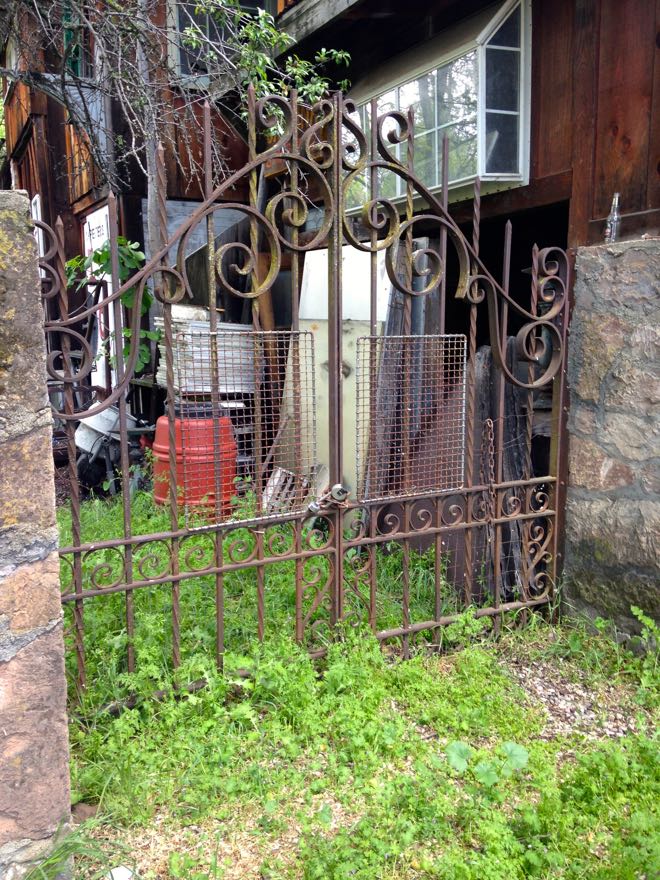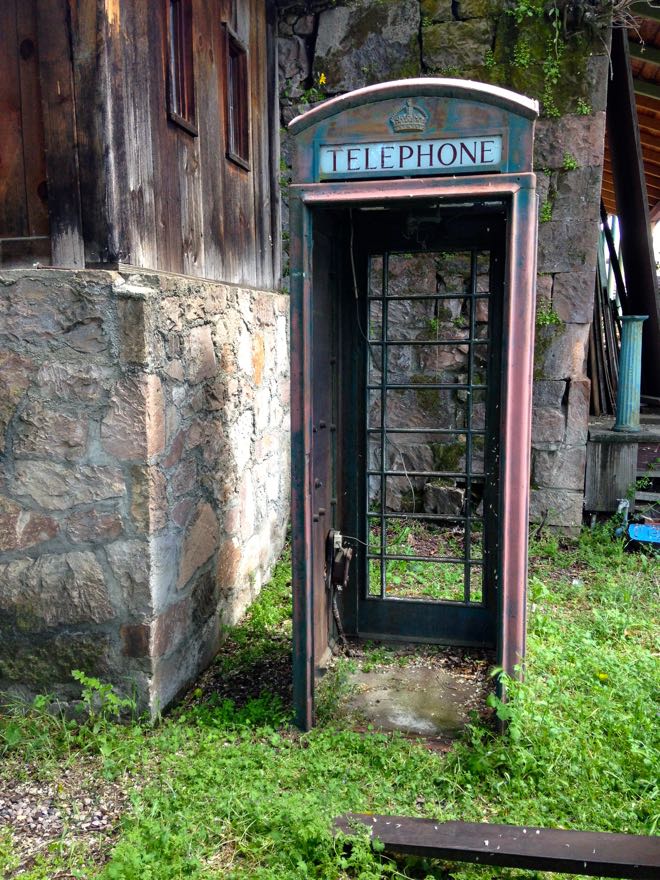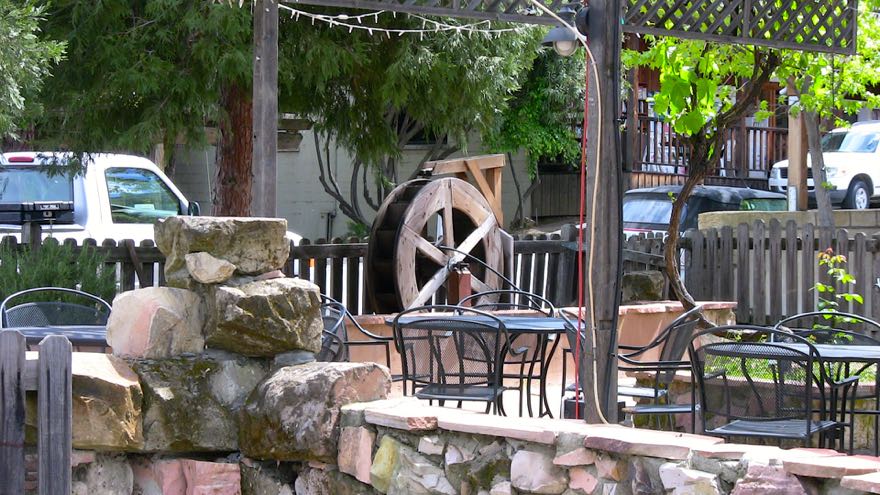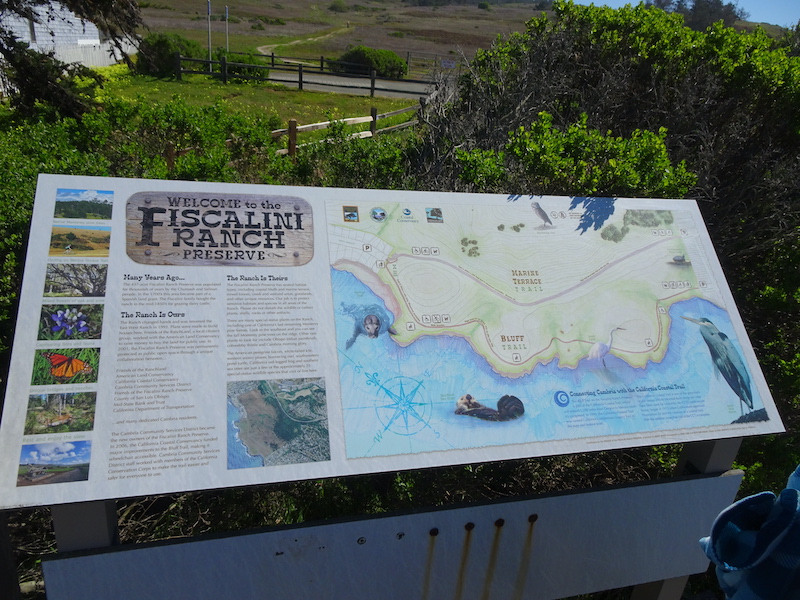
Slide 1 of 18. 28-Feb-2022. Fiscalini Ranch Preserve is north of Morro Bay along Highway 1. You can read all about it if you click on the above image. That will give you a larger image that can be read. We went there to see birds and plants of the California seashore. Please enjoy the slides that follow.
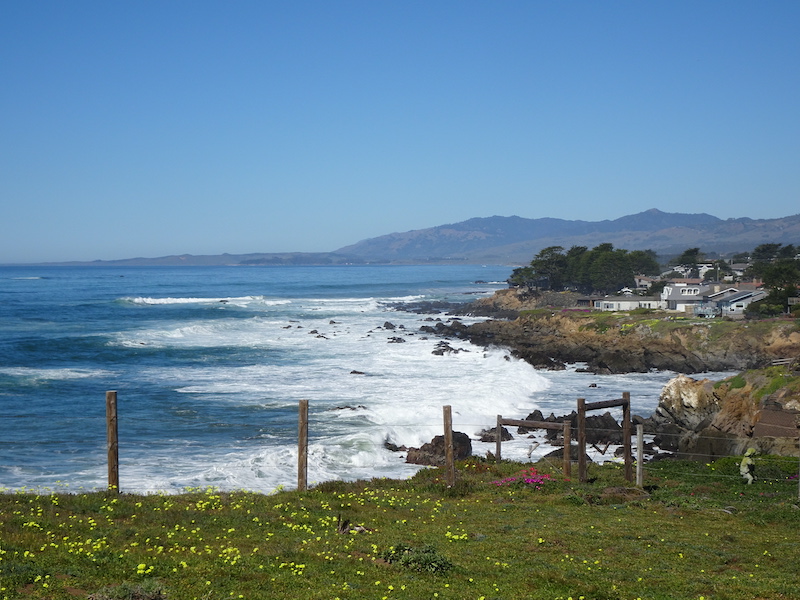
Slide 2 of 18. View to the North from the northwest corner of Fiscalini. In the lower right, it looks like a patch of ice plant with its pink flowers. The small yellow plants dotting the land may be wild radish. I'm no expert.
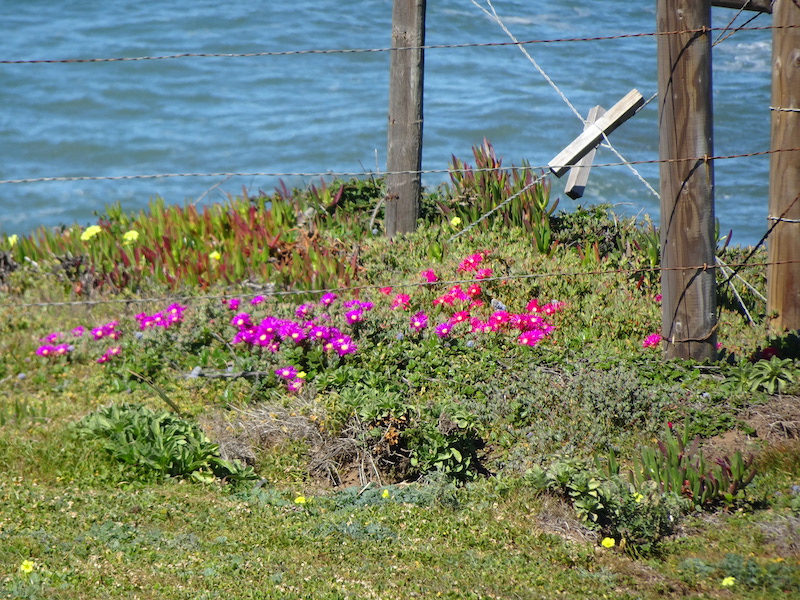
Slide 3 of 18. I think that is ice plant, also known as sea fig, Carpobrotus edulis according to the Fiscalini illustrated plant list Website. I understand that various ice plants are used along the California coast to stabilize the top soil against erosion. That may be its purpose here. It is not native and is considered intrusive. In some places in California it is actively removed, though, apparently, it is welcome here.
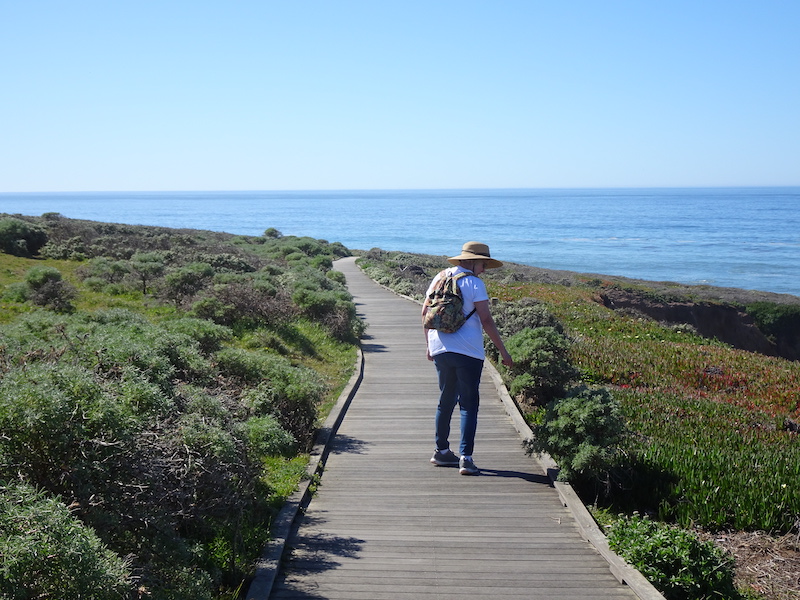
Slide 4 of 18. This is moving south along the bluff trail. Only part of it is covered like this although it's all wheelchair accessible.
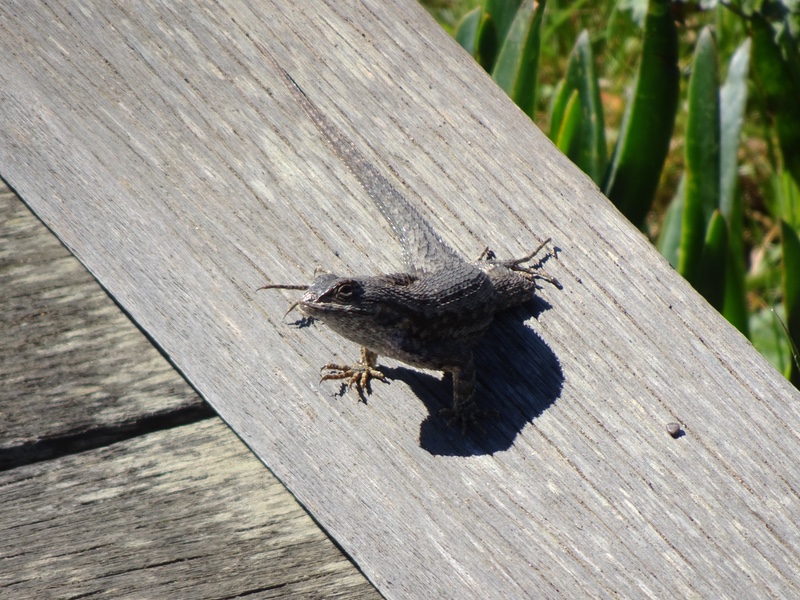
Slide 5 of 18. Along the boardwalk we find a western fence lizard, Scleroporus occidentalis, from iNaturalist.org (accessible from Friends of the Fiscalini Ranch Preserve Flora, Fauna & Birds Website.

Slide 6 of 18. There are several kinds of squirrels in the preserve. I think this one is your standard California ground squirrels, Otospermophilus beecheyi, according to Friends of the Fiscalini Ranch Preserve Flora, Fauna & Birds Website. He, or she, is sitting up on bush lupin surveying his domain.
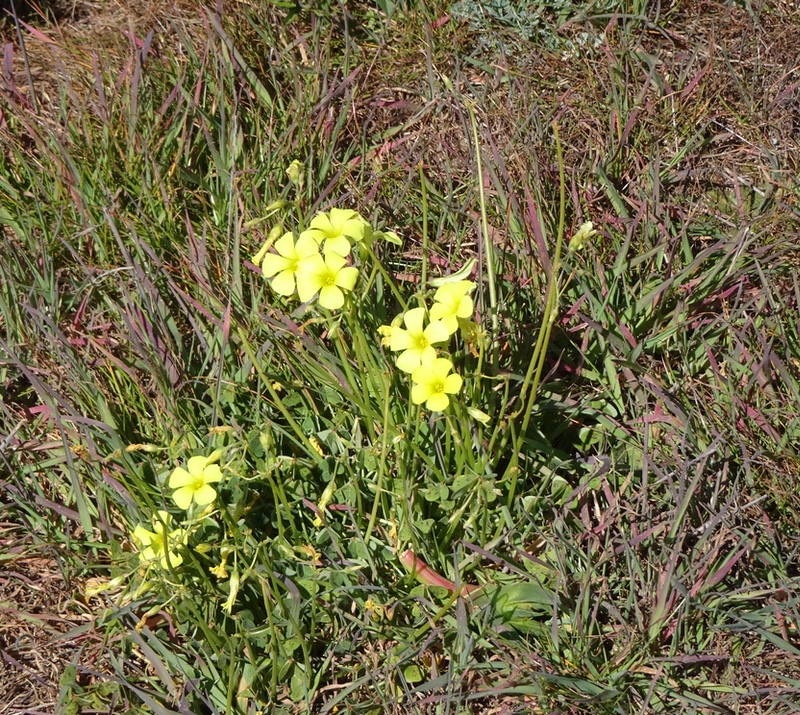
Slide 7 of 18. I think this is Bermuda buttercup, Oxalis pes-caprae, or sour grass, according to Microsoft's Bing Name That Plant visual search. There are lots of pretty patches of this.
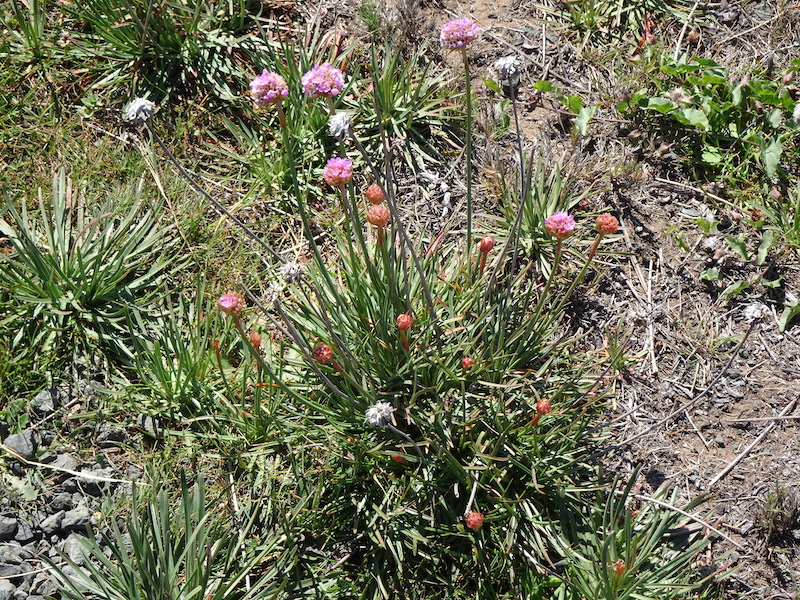
Slide 8 of 18. I think this is Armeria maritima supbspecies californica, also known as California sea pink. How do I know? I looked it up.

Slide 9 of 18. According to the usual Websites, this is Astragalus nutallii. It has other names; loco weed, Nuttall's milkvetch, ocean bluff milkvetch, Morro milkvetch, and curtipes. No wonder biologists prefer the scientific name! I'm wondering about "loco weed". What's the story there?

Slide 10 of 18. Along the bluff trail looking back north. There's a patch of fleabane in the foreground. Looks a lot like daisies. The genus is Erigeron, if that helps.
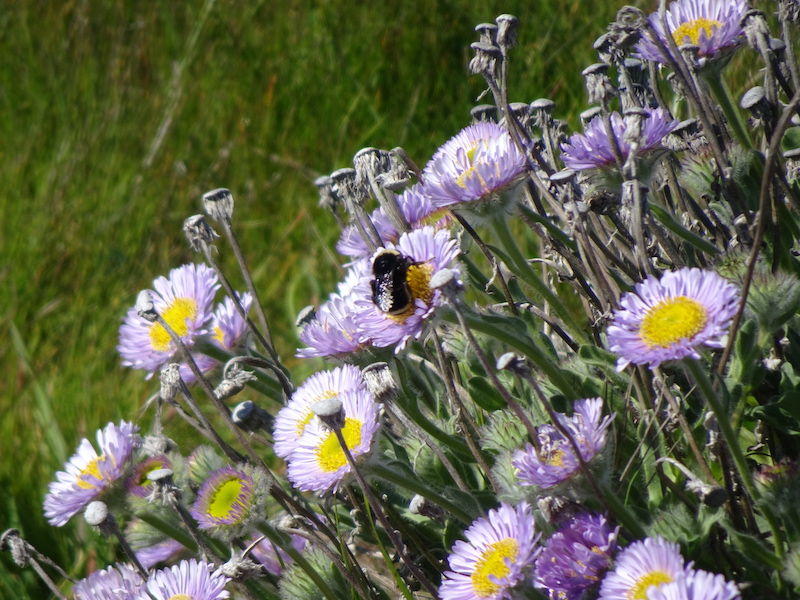
Slide 11 of 18. A bee on the Erigeron glaucus, or seaside daisy, or seaside fleabane.

Slide 12 of 18. This is a variety of California poppy, Eschscholzia californica variety californica. Also known as the Kernville poppy. Frankly, I'm confused as to which poppy is which.
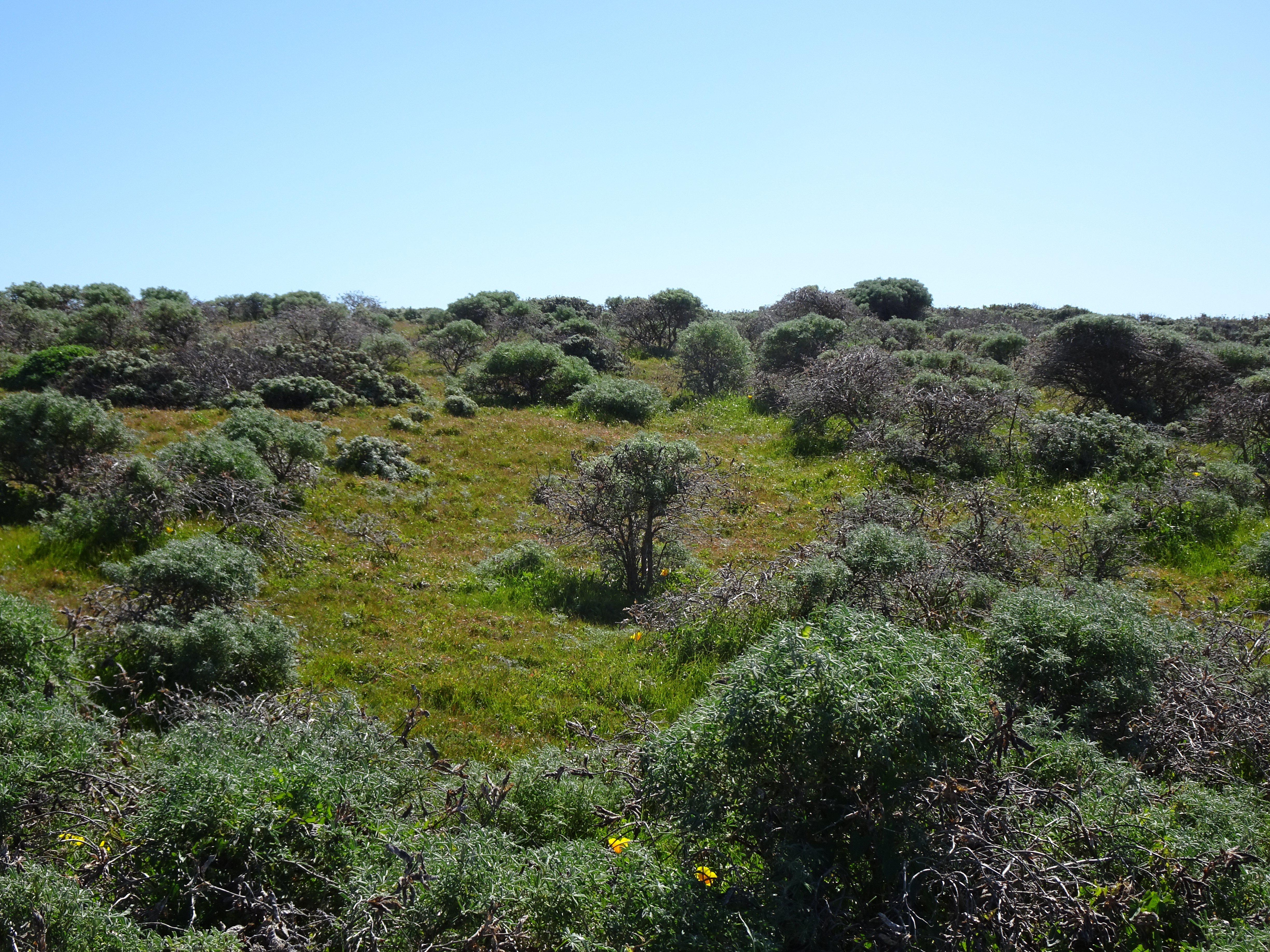
Slide 13 of 18. Looking west - inland - up the hill. There's a lot of bush lupin and other plants. This is squirrel country. Click on the image to get a giant view with lots of detail. There are poppies mingled with the bushes.
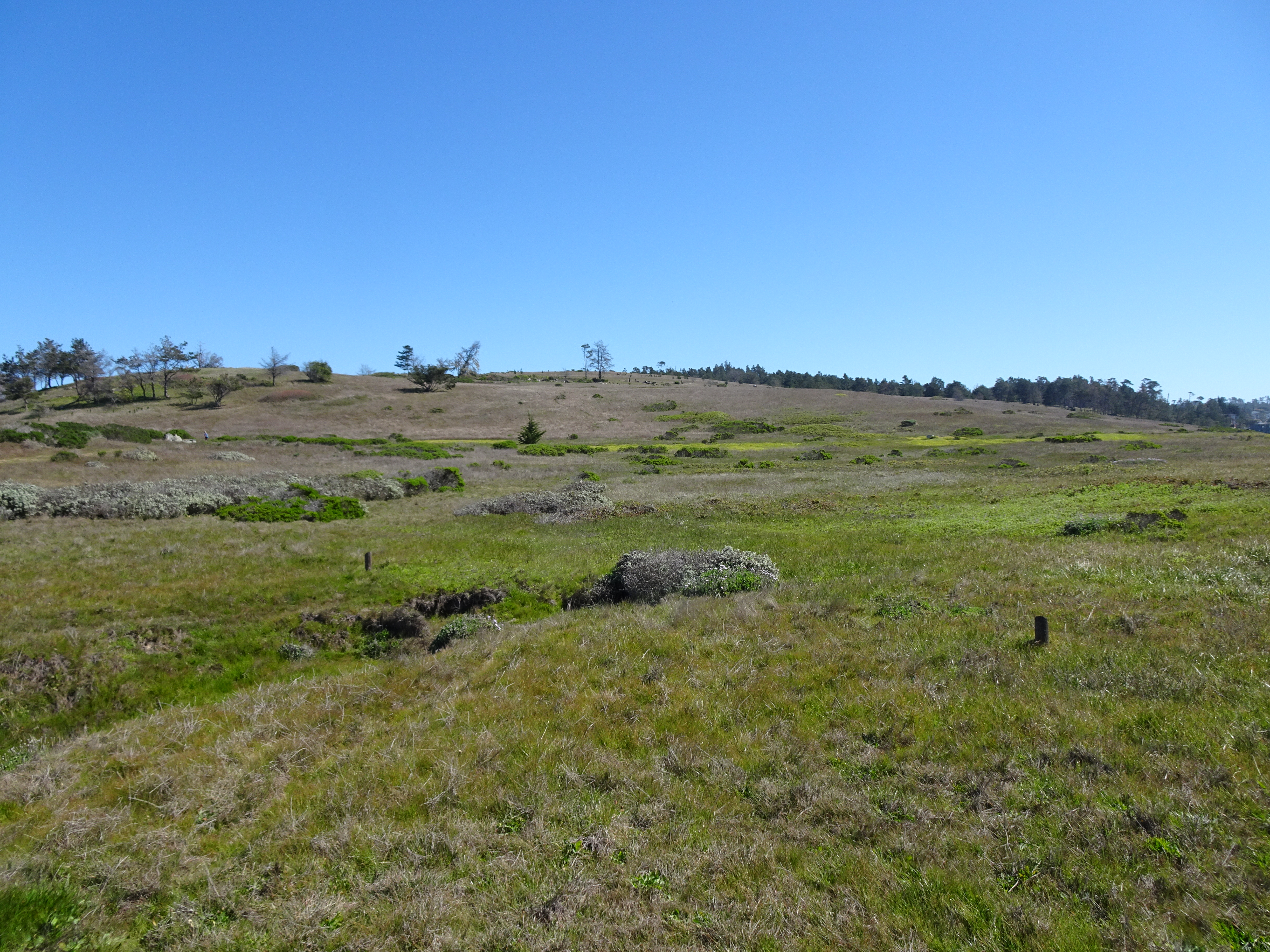
Slide 14 of 18. Again looking west from further down the bluff trail, we can see the far of stands of Monterey pines, which we won't be visiting. As before, click on the picture for a much higher resolution view.
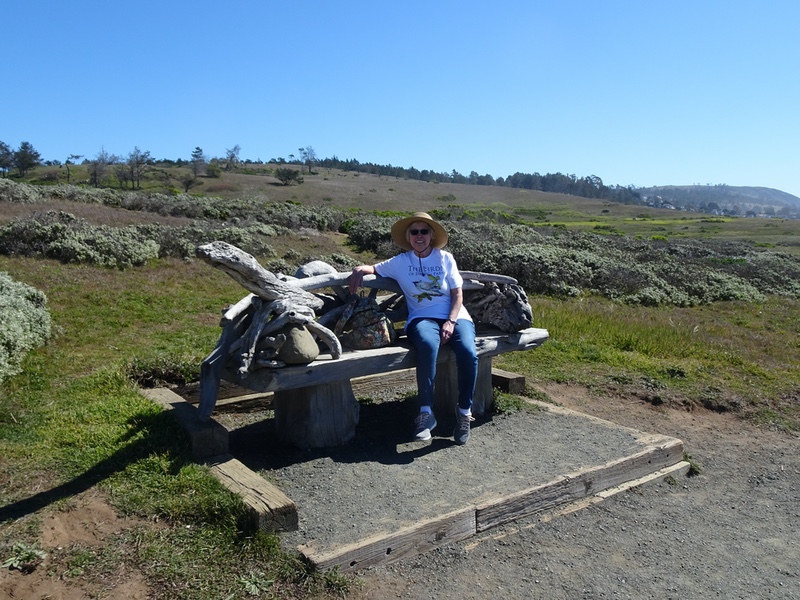
Slide 15 of 18. There are plenty of places to rest. They've made benches from local materials. This one is made mostly from driftwood. It is really pleasant here. Lenore is looking out to the ocean.
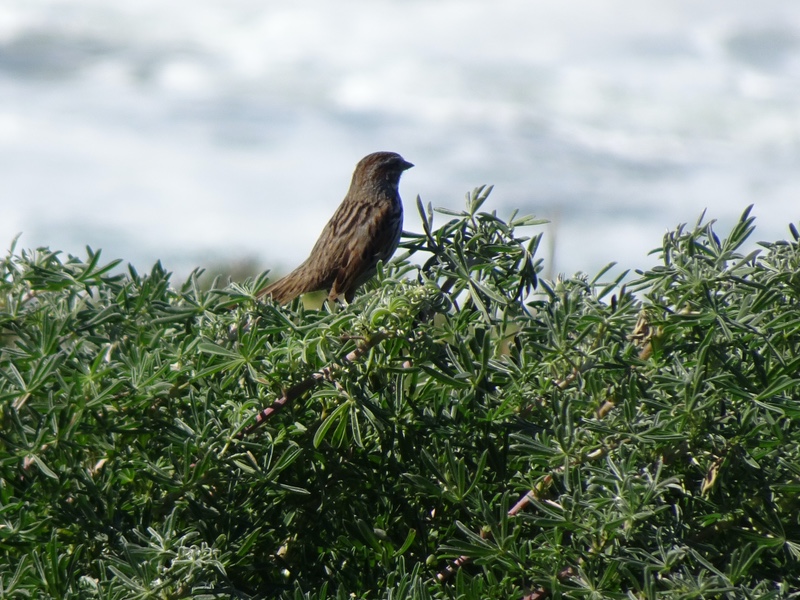
Slide 16 of 18. Okay, so birds. This is a song sparrow, I think. It may be Melospiza melodia, which, funny enough, means "sparrow song".
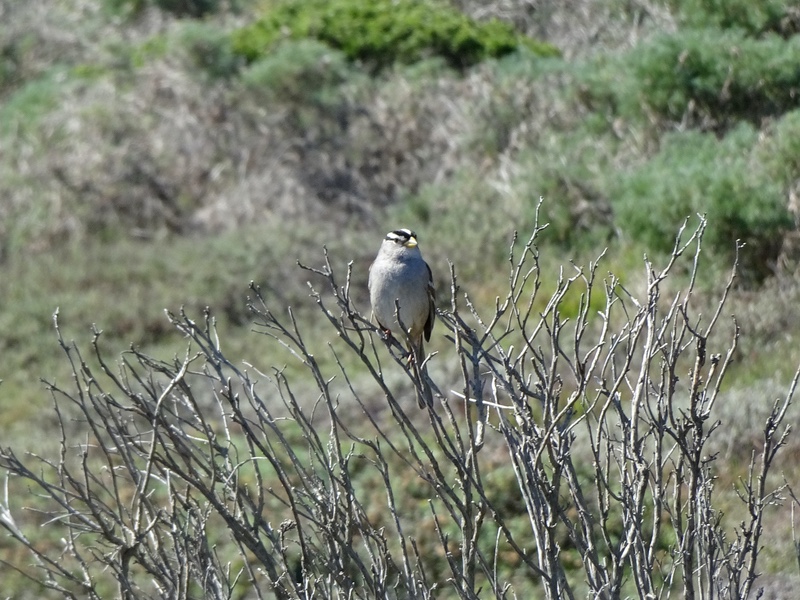
Slide 17 of 18. And this is a white crowned sparrow, I'm pretty sure. It's big name is Zonotrichia leucophrys. Very handsome.

Slide 18 of 18. Just one more slide. This is the beautiful stemless evening primrose, officially known and Oenothera triloba, as far as I can tell. It seems a delicate flower on top of those broad green leaves it puts out to the sides.
Well, that's the slide show. I hope you enjoyed it. Send me money if you want.

